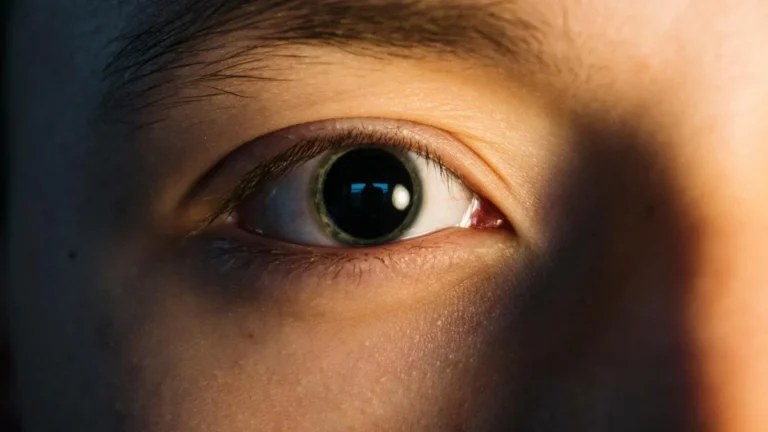Tailbone Pain While Sitting Too Long Can Worsen Fast
Ever found yourself shifting endlessly in your seat, trying to find that sweet spot that doesn’t make your tailbone feel like it’s taking a beating? Yeah, me too. I remember dreading long drives, office chairs, or even movie nights with friends—all because of that persistent, nagging ache at the base of my spine. Tailbone pain while sitting too long isn’t just annoying; it can completely derail your comfort, focus, and even your sleep if it lingers. What started as an occasional pinch for me turned into an everyday frustration until I finally dove into what was actually going on—and more importantly, how to fix it.
What Exactly Causes Tailbone Pain When Sitting?
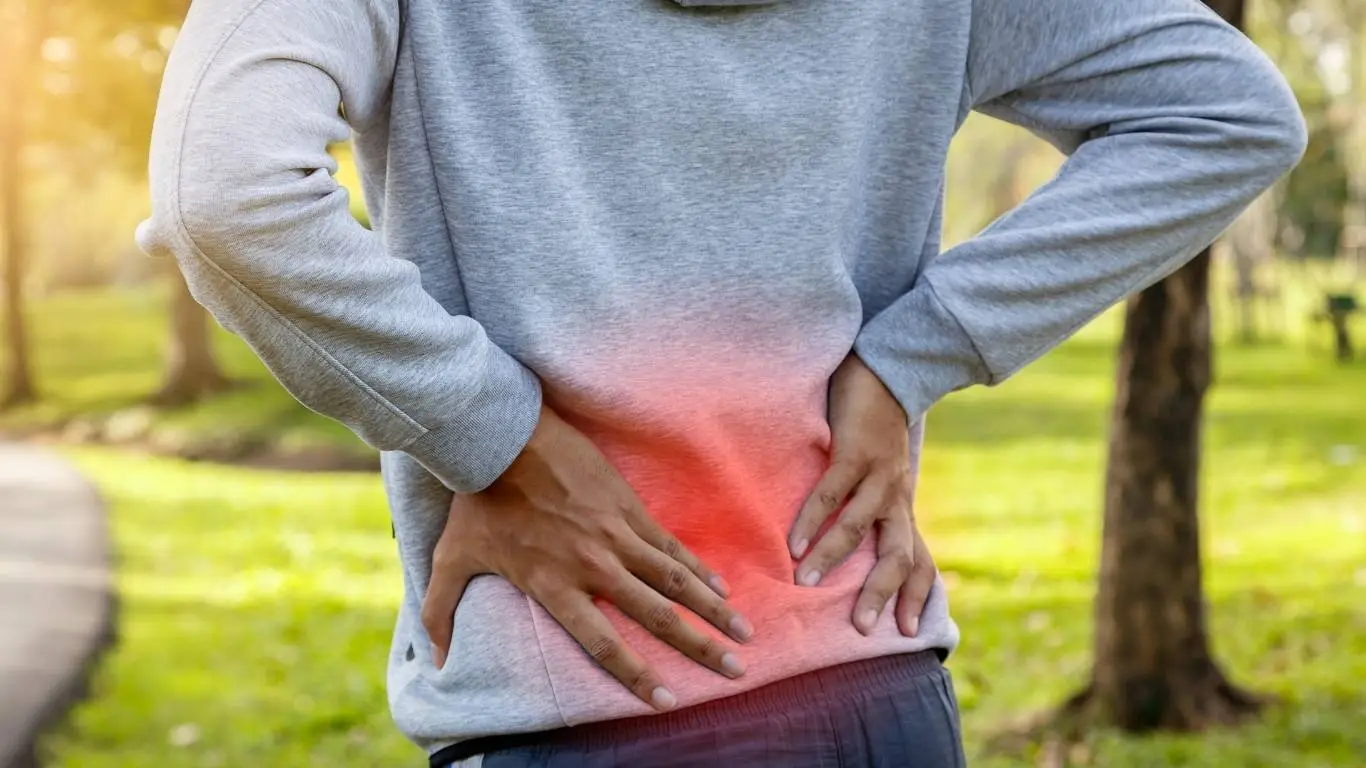
The tailbone—also called the coccyx—is a small, triangular bone at the very bottom of your spine. And while it might be tiny, it plays a big role in supporting your posture when you sit. When something’s off—whether it’s from poor posture, an injury, or just sitting for way too long without shifting—it starts complaining, loudly.
Common Culprits Behind That Ache
- Poor sitting posture: Slouching or sitting too far forward puts pressure right on the tailbone.
- Hard or narrow seating: Those fancy-looking chairs often lack tailbone support. Ask me about that stylish-but-unforgiving dining chair I had for a year…
- Previous injuries: Falls, childbirth, or sports-related trauma can make the coccyx more sensitive.
- Prolonged sitting without breaks: Think desk jobs or long-haul flights. (Yes, tailbone pain on flights is a real thing—[here’s why](https://healthusias.com/why-back-pain-in-long-haul-flights-can-ruin-your-travel-plans/))
Underlying Medical Conditions
Sometimes it’s not just about posture. Conditions like coccydynia, degenerative joint disease, or even infections can cause tailbone pain. I had a friend who thought she just needed a better chair—turns out she had a mild tailbone fracture from a fall she brushed off months before.
How to Sit Without Aggravating the Tailbone

Adjust Your Sitting Posture
Let’s be real—most of us don’t pay attention to how we sit. Try sitting back in your chair with your back supported and feet flat on the floor. Avoid leaning forward, which shifts weight onto the coccyx. This one change alone made a noticeable difference for me.
Get Strategic With Seating
One word: cushions. Specifically, a donut-shaped or coccyx cushion that relieves direct pressure on your tailbone. I keep one in the car and another at my desk. It’s a game-changer. Pair that with an ergonomic chair and you’re golden.
Use Timers to Move
Set a timer every 30 to 45 minutes as a reminder to stand, stretch, or take a short walk. Even 60 seconds of movement helps reduce pressure and increase blood flow to the area. A small habit, big reward.
Stretching and Strengthening: What Actually Helps
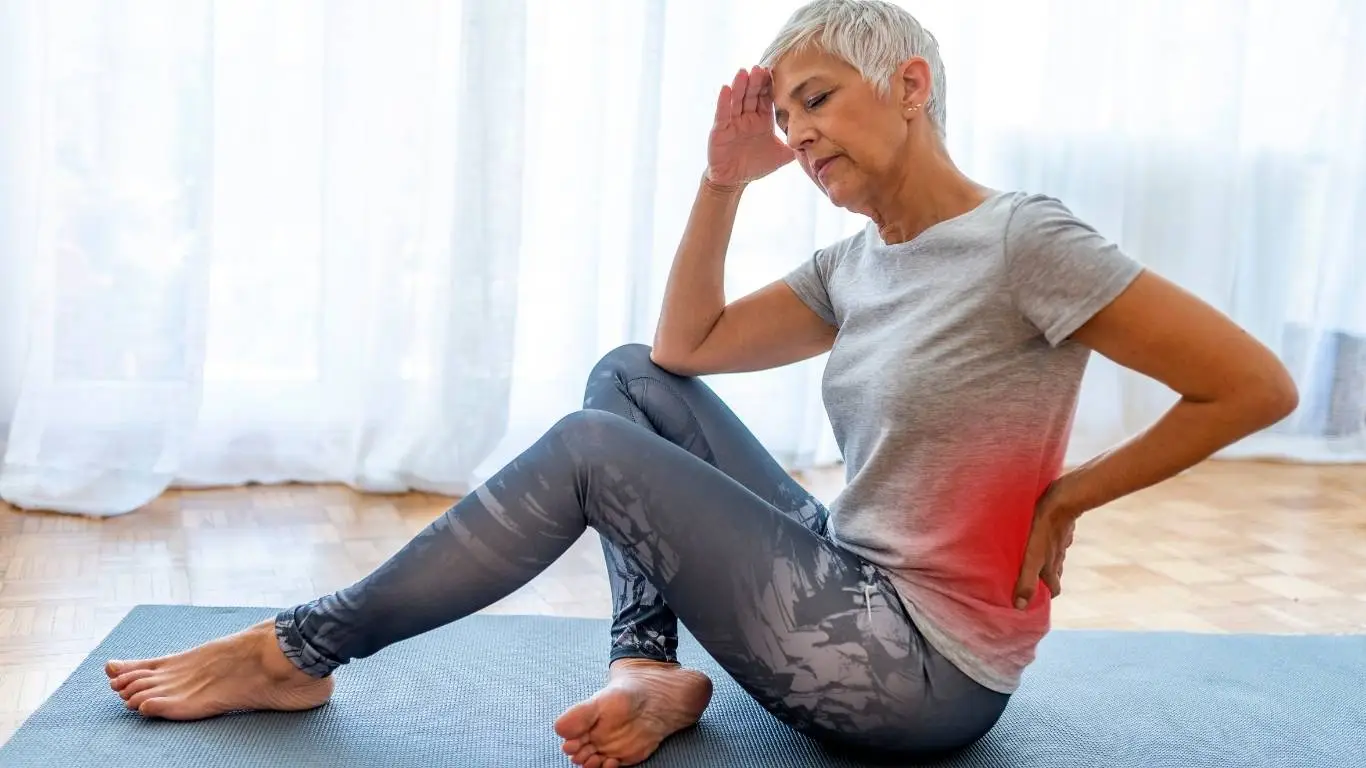
Focus on the Pelvic and Hip Area
Tight hip flexors, glutes, and hamstrings can pull on the coccyx area. A few minutes a day of stretches like pigeon pose, child’s pose, or even foam rolling your glutes can help. If you’re new to this, this stretching guide is a great place to start.
Strengthen Your Core
Supporting muscles matter. When your core is weak, your tailbone picks up the slack. Exercises like bridges, planks, and simple pelvic tilts help stabilize your spine and redistribute pressure more evenly.
Tailbone Pain and Long-Term Habits
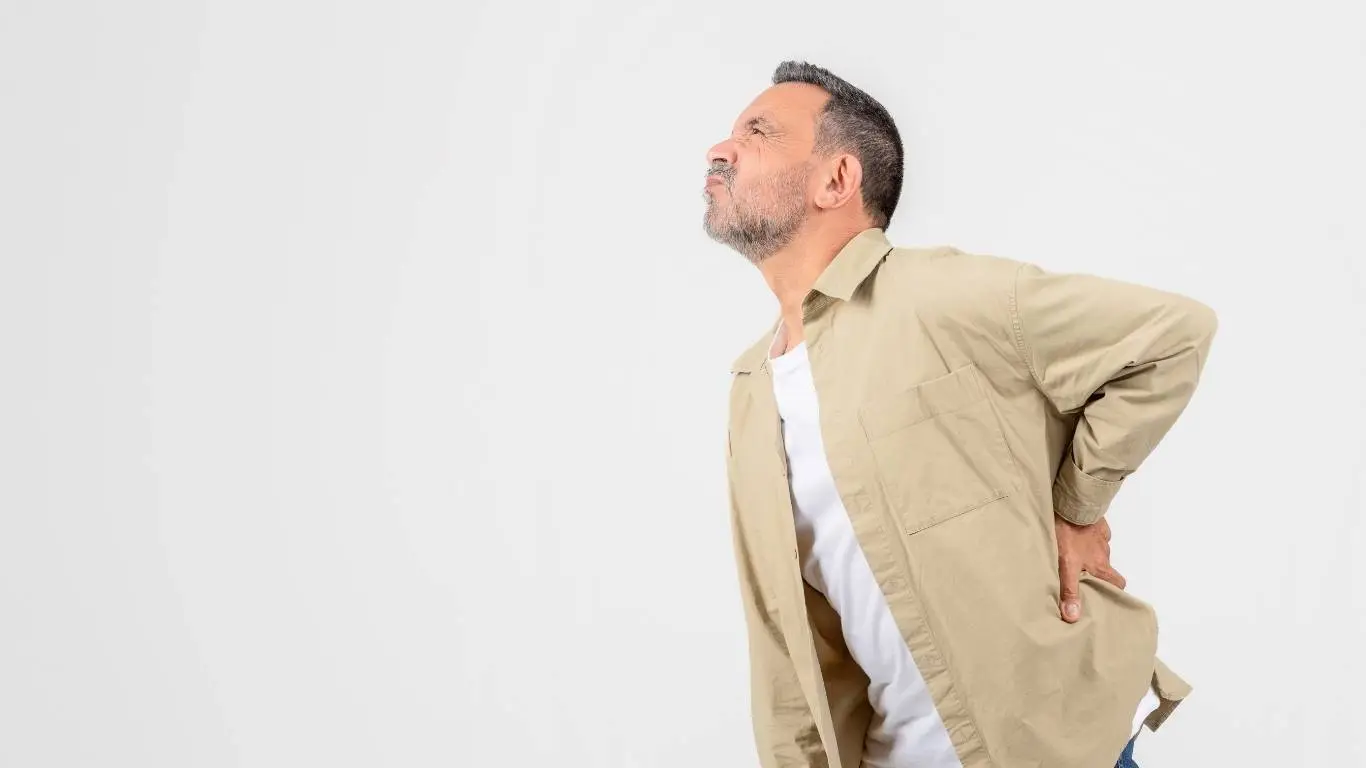
Chronic tailbone pain can sneak up on you if small habits add up. That’s what happened to me. Between endless meetings, binge-watching, and a subpar home office setup, my coccyx was under siege. Once I became more intentional—better cushions, proper desk height, daily movement—the difference was huge.
Reconsider Your Footwear
Surprise: your shoes play a role too. I never realized how much my flat, unsupportive sneakers were throwing off my alignment until I swapped them for shoes with proper arch support. The ripple effect? Less pressure on my spine and a happier tailbone. Here’s why footwear matters.
Address Muscle Imbalances
Weak glutes and tight hamstrings can cause your pelvis to tilt in a way that strains the coccyx. Sound familiar? You’re not alone. [Here’s a deeper dive](https://healthusias.com/muscle-imbalances-causing-back-pain/) into how that works and what to do about it.
When It Might Be More Than Just Sitting
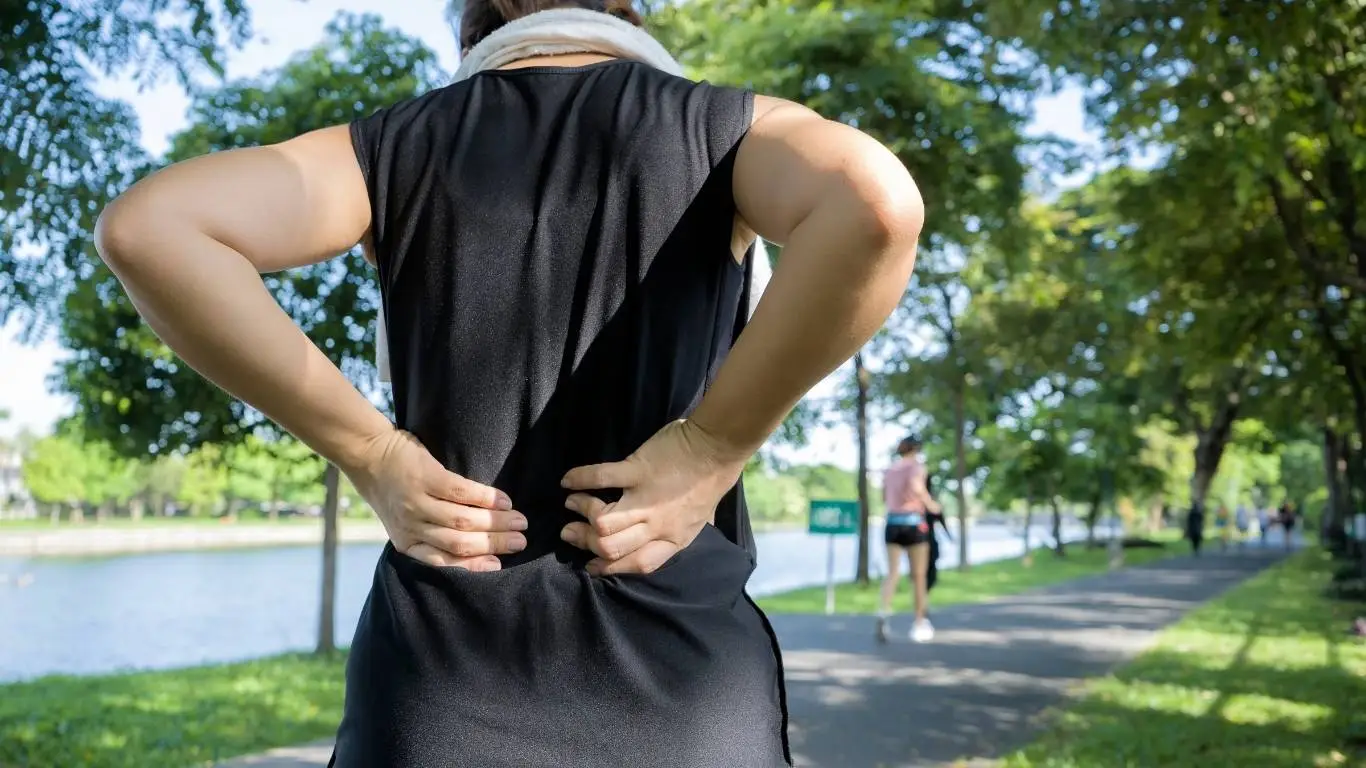
When to Talk to a Specialist
If tailbone pain is persistent or sharp even when standing, it’s time to get it checked out. Fractures, tumors, or nerve issues are rare, but real. Start with your primary care provider, and they might refer you for imaging like an MRI or CT scan. Learn more about how these diagnostics work from the MRI evaluation guide.
What the Experts Suggest
Medical pros often recommend physical therapy for long-term relief. They focus on posture correction, stretching, and even manual adjustments if needed. Occasionally, corticosteroid injections or minimally invasive surgery are discussed if nothing else helps. This aligns with the strategies outlined in the conservative treatment pillar for back pain relief.
For more comprehensive insights on back-related issues beyond the tailbone, the main back pain pillar dives deeper into all aspects of spine health.
Natural Relief for Tailbone Pain That Actually Works

When my tailbone pain flared up the worst, I wasn’t ready to jump into injections or anything intense. I wanted to try natural options first. Thankfully, there’s a growing list of *non-invasive remedies* that genuinely help—not just the old “sit on a pillow and hope for the best.”
Heat and Cold Therapy
A classic that still works. A cold pack right after sitting too long helps reduce inflammation and numbs the ache. Later in the day, I’d switch to a heating pad to relax the tight muscles around my tailbone. Just 15 minutes of heat while winding down helped ease tension more than I expected. Learn how to time it right in this quick guide on hot vs. cold therapy.
Essential Oils and Herbal Support
I was skeptical about this until I tried a blend with lavender, frankincense, and peppermint oil. Rubbing it (diluted, of course) around the base of the spine helped me sleep better on rough nights. These essential oils are actually backed by some encouraging studies for pain relief.
Turmeric and Anti-Inflammatory Diet
Adding turmeric to my morning smoothies? Total win. Not only did it subtly help my tailbone pain, but I noticed less general stiffness, too. Turns out, a full-on anti-inflammatory diet can be a powerful tool for long-term relief. Bonus: it’s great for overall joint health.
Mind-Body Strategies: Pain Isn’t Just Physical
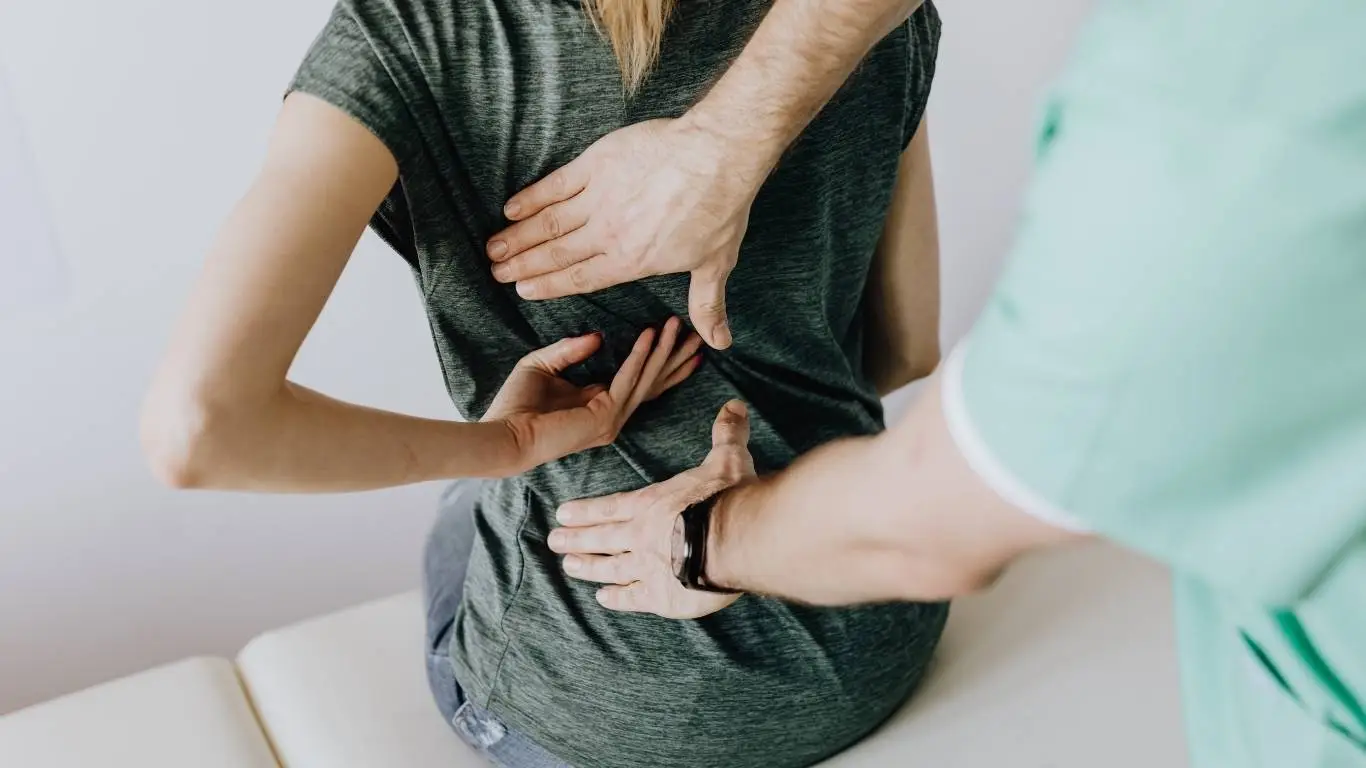
This was a surprise to me. I always thought tailbone pain was purely structural. But the mental side plays a big role, especially when pain becomes chronic. The longer it sticks around, the more it can mess with your stress levels—and vice versa.
Mindfulness Meditation
I started with 5-minute guided sessions using a free app. Just learning to focus on breathing helped shift my attention away from the pain itself. As weird as it sounds, it really helped me feel more in control. Learn why mindfulness is so powerful for chronic pain here.
CBT (Cognitive Behavioral Therapy)
This isn’t just “positive thinking.” It’s about changing the way you respond to discomfort. A therapist helped me identify the thought patterns that were increasing my tension and making the pain feel worse. [This article](https://healthusias.com/why-cognitive-behavioral-therapy-works-for-chronic-back-pain/) explains how CBT works for chronic pain and how it rewires your relationship with your body.
Helpful Tools for Daily Life With Tailbone Pain
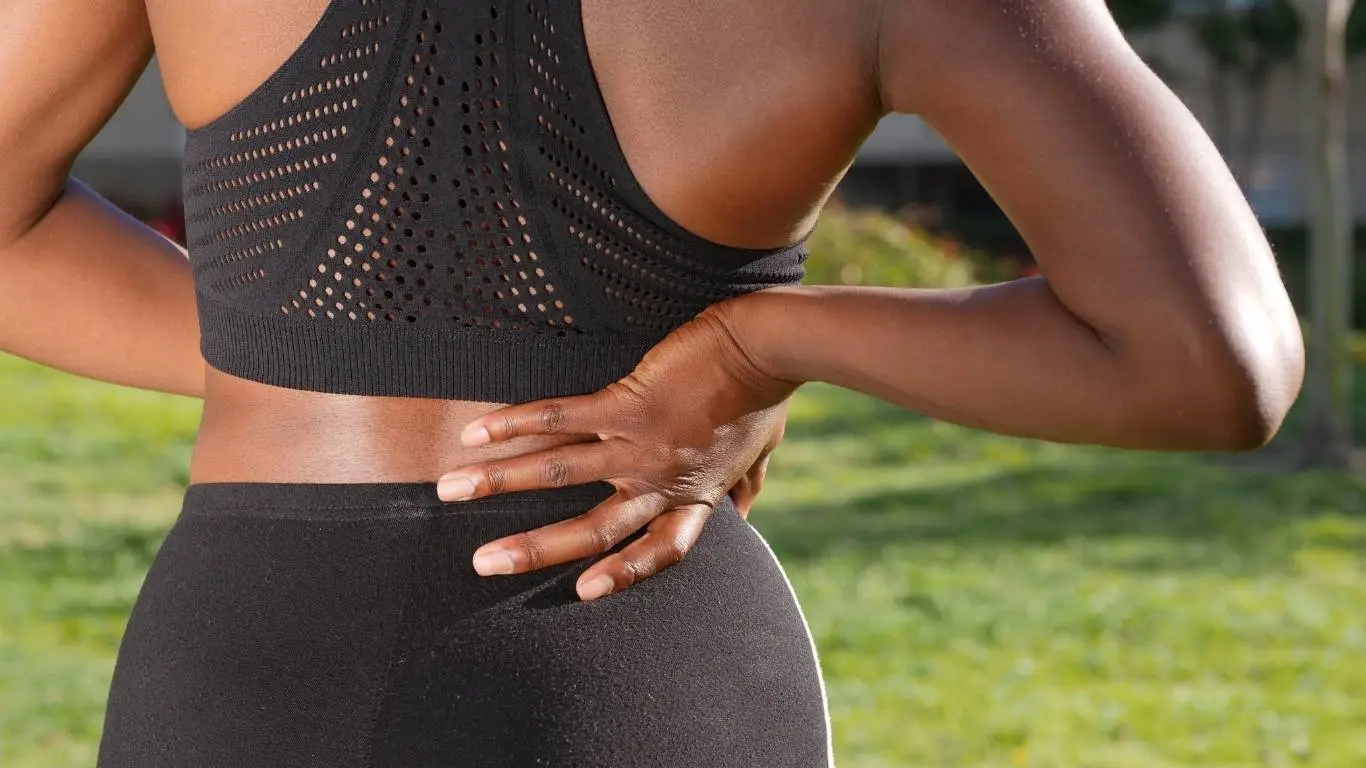
The Right Cushion (Again, Because It’s That Important)
I tried three before finding one that actually helped. What worked? A memory foam coccyx cushion with a U-shape cutout. It lifts pressure off the coccyx while still supporting your thighs and hips. Some brands even have a cooling gel layer for long sitting days.
Ergonomic Chair Adjustments
Replacing your entire chair isn’t always necessary. I added a lumbar support pillow and adjusted my monitor height. These little changes improved my posture and reduced tailbone pressure by the end of the first week. Standing desks can also help with alternating your position throughout the day.
Back Braces and Support Belts
While not ideal for long-term use, I used a light brace during car rides. It helped stabilize my pelvis and reduce vibrations from bumpy roads. This guide explains when they work and when to skip them.
When to Seek More Advanced Help

Physical Therapy
If home remedies and cushions aren’t enough, PT can dig deeper. They’ll assess posture, imbalances, and mobility. Some even use internal techniques for coccyx adjustment (yup, it sounds weird, but it works for some people).
Injections and Medical Interventions
Corticosteroid injections can ease inflammation fast—but they’re usually a last resort. If your tailbone pain is caused by nerve compression or severe inflammation, your doctor might recommend a targeted injection. Read more in the guide to pain injections.
Surgery (Rare, But Sometimes Needed)
In very rare cases, tailbone pain becomes so severe and resistant to treatment that a coccygectomy (surgical removal of the coccyx) is considered. While the idea of removing a bone sounds intense, it’s helped some people regain their quality of life. Learn about less invasive options first in the minimally invasive back pain treatment pillar.
Preventing Tailbone Pain From Coming Back
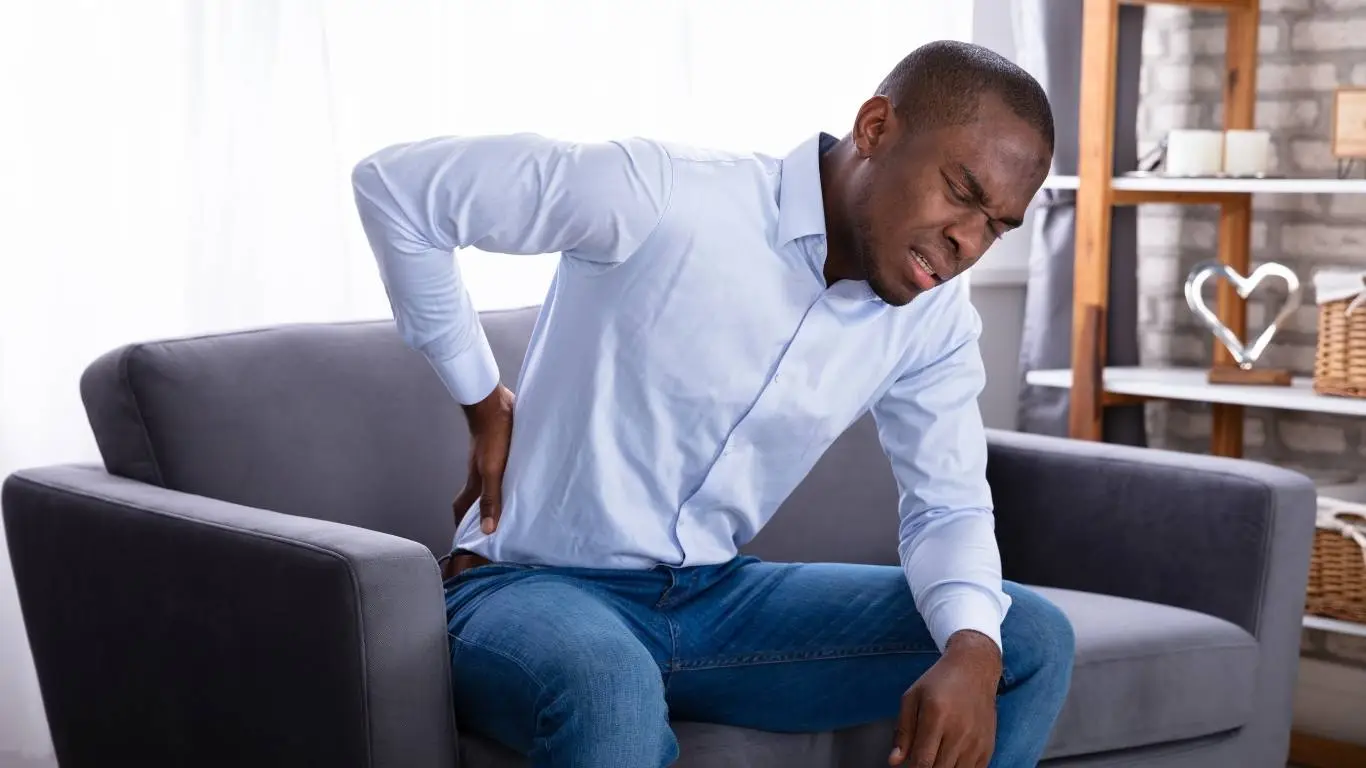
Strengthen Your Posterior Chain
Glutes, hamstrings, and core—all of them matter. I didn’t even realize how underactive my glutes were until a PT pointed it out. Simple moves like bridges, clamshells, and leg lifts helped build that support I’d been missing. Here’s why glute strength is vital.
Stand and Move More Often
If you’re like me and work at a desk most of the day, set calendar reminders to stand and walk every 30–45 minutes. Movement keeps blood flowing and prevents your muscles from stiffening around the tailbone.
Sleep and Rest Smarter
Sleeping on your side with a pillow between your knees helps keep your spine aligned. I even added a small wedge pillow under my hips when lying on my back—it made a huge difference. Check out sleeping positions for back pain that actually work.
Fuel Your Recovery
Don’t overlook what you’re putting into your body. Omega-3s, vitamin D, and staying hydrated all play a part. When I cleaned up my diet just a bit, my recovery and mood improved noticeably. This explains why Omega-3s matter.
If tailbone pain while sitting too long is something you’ve dealt with—or are trying to avoid—it’s worth exploring the full spectrum of causes and fixes. The right combo of movement, posture, nutrition, and support can genuinely turn things around. For deeper insight into posture-related pain and spine health, don’t miss the main guide on back pain types and anatomy.

Camellia Wulansari is a dedicated Medical Assistant at a local clinic and a passionate health writer at Healthusias.com. With years of hands-on experience in patient care and a deep interest in preventive medicine, she bridges the gap between clinical knowledge and accessible health information. Camellia specializes in writing about digestive health, chronic conditions like GERD and hypertension, respiratory issues, and autoimmune diseases, aiming to empower readers with practical, easy-to-understand insights. When she’s not assisting patients or writing, you’ll find her enjoying quiet mornings with coffee and a medical journal in hand—or jamming to her favorite metal band, Lamb of God.


